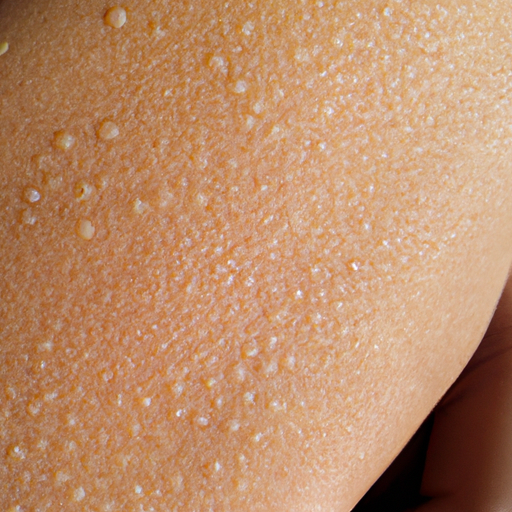Unmasking Radiance: The Ultimate Guide to Face Exfoliation
As a skincare expert, I can attest that the secret to radiant, glowing skin lies in the simple yet profound practice of face exfoliation. Exfoliation is the process of removing dead skin cells from the surface of your skin using a chemical, granular substance, or exfoliation tool. This practice not only unclogs pores but also allows for the deeper penetration of skincare products, thereby maximizing their benefits.
The skin naturally sheds dead cells every 30 days or so. However, this process can slow down with age, leading to dull, dry, or flaky skin, and even causing acne. Regular exfoliation can help prevent these issues and reveal healthier, younger skin underneath.
There are two main types of exfoliation: physical and chemical. Physical exfoliants are products or tools that manually remove dead cells. These include scrubs with granular ingredients like sugar or microbeads, brushes, and sponges. Chemical exfoliants, on the other hand, use acids or enzymes to dissolve dead skin cells. They include products with ingredients like alpha and beta hydroxy acids (AHAs and BHAs), retinoids, and enzymes from fruits.
Choosing between physical and chemical exfoliation depends on your skin type and sensitivity. If you have sensitive or acne-prone skin, chemical exfoliants may be more suitable as they are less likely to cause irritation or damage. However, if you have normal or oily skin, physical exfoliants can be effective in removing excess oil and impurities.
Regardless of the type of exfoliant you choose, it’s crucial to use it correctly to avoid damaging your skin. Over-exfoliating can strip the skin of its natural oils, leading to dryness and irritation. As a rule of thumb, exfoliate no more than two to three times a week for normal to oily skin, and once a week for sensitive or dry skin.
When exfoliating, always start with a clean face. Apply your chosen exfoliant, and if it’s a physical one, use gentle, circular motions to massage it into your skin. Avoid the delicate eye area as the skin here is thinner and more sensitive. If you’re using a chemical exfoliant, apply it evenly and let it sit for the recommended time before rinsing off.
After exfoliation, your skin may be more sensitive to the sun, so always follow up with a broad-spectrum sunscreen during the day. Also, remember to moisturize your skin after exfoliating to restore any lost hydration and maintain its natural moisture barrier.
In conclusion, exfoliation is a powerful tool in your skincare arsenal. When done correctly and consistently, it can help you achieve smoother, brighter, and healthier skin. However, it’s not a one-size-fits-all solution. It’s essential to understand your skin type, choose the right exfoliation method, and use it appropriately to reap its benefits without causing harm. Remember, the goal of exfoliation is not to achieve instant results but to support the long-term health and radiance of your skin.




